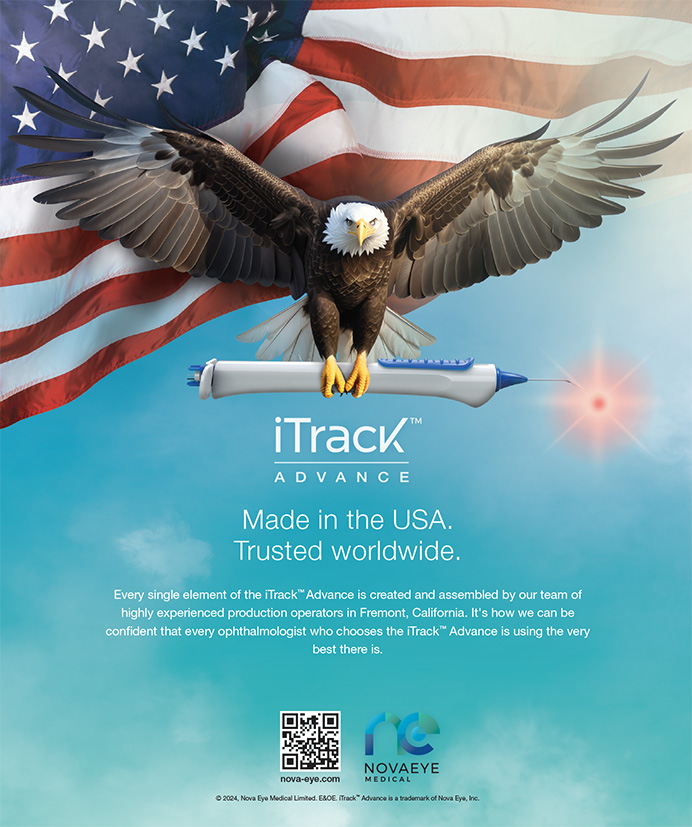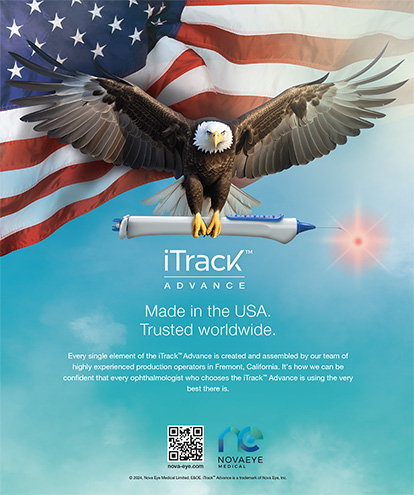As a resident, I borrowed VHS tapes of the Video Journal of Cataract & Refractive Surgery, edited by Robert Osher, MD, in order to learn new surgical techniques. Ten years later, the residents I teach today have instructional surgical videos on their cell phones. The viewing format may have changed, but video remains the best way of sharing surgical techniques with colleagues across the globe. Here are several experience-based tips for your successful creation and distribution of surgical videos.
CAPTURE THE HIGHEST-QUALITY VIDEO
Because ophthalmic surgery, particularly anterior segment surgery, is typically performed with an operating microscope, implementing a video recording device is relatively easy. Most microscopes' manufacturers offer video cameras that are easily adapted to the oculars. These cameras capture the video and output an S-video signal, with the primary difference being the charge coupled device (CCD). Cameras with one CCD use a single sensor to capture the optical image, whereas the three-CCD cameras have separate sensors for red, green, and blue and typically provide a better picture. Although true high-definition-TV–level cameras are available, they are many times more expensive than the three-CCD models.
The S-video output can be transmitted to a digital device such as a DVD burner, a computer's hard drive, or mini digital videotape. I do not recommend using analog devices such as S-VHS recorders due to the degradation of images and difficulties in editing analog video. The highest-quality recording is in an uncompressed format such as AVI files, which you can store on a computer's hard drive or on mini digital videotape. For most of my video presentations, the compressed format used by DVD burners is sufficient.
EDIT AND CREATE THE VIDEO
The best videos are edited to highlight the pertinent points of the surgery by omitting the mundane aspects of the procedure. Many programs (such as Adobe Premier Pro [Adobe Systems Incorporated, San Jose, CA]) are available for editing a video once you have transferred it to your computer. Additional effects such as text-on-screen and a voice-over describing the technique are helpful and can be combined quite easily.
Once you are happy with your editing, you can create your final video. The finished format will determine both the quality of the video and the file's size. Very high-quality formats such as AVI files may require 1,000 MB for a 5-minute video versus 40 MB for the same file in the lower-quality MPEG1 format. A reasonable middle ground is using MPEG2, QuickTime, or WMV formats, which require approximately 70 to 100 MB for the same file but provide a resolution that I find to be excellent for demonstrating intricate ocular surgical techniques.
DISTRIBUTE YOUR VIDEO
I find using the Internet to be an easier method for sharing a video with colleagues than creating and mailing a DVD. In order to share the highest-quality video, you may store the entire 100-MB (or larger) file on a file-hosting site from which individual users may download it. Although recipients view the highest-quality, uncompressed form of the video, the downloading process is slow. I therefore recommend using a video-sharing Web site instead.
Although it is the largest site for sharing amateur video on the Internet, www.youtube.com automatically reduces the video's quality in order to minimize the use of bandwidth. Many surgeons including myself have uploaded surgical teaching videos to this site in an effort to share techniques with colleagues. The quality of the video is sufficient to get our point across, but it is inadequate for showing the technical subtleties often required intraoperatively (Figure 1).
One of the original Web sites for sharing cataract surgical video is www.phacopearls.com, which showcases various phaco techniques. A new option from the publishers of Cataract & Refractive Surgery Today is www.eyetube.net, which is designed specifically for sharing high-quality ocular surgical videos. Because the resolution of the videos on this Web site is much better than on www.youtube.com, users can visualize the critical parts of surgery such as the capsulorhexis' creation.
CONCLUSION
The way I perform surgery today is not how I will operate in 5 or 10 years. Surgical technique improves every year, and innovations in devices and technologies are continual. Sharing videos, however, remains the best way of showcasing tips and tricks for making surgery safer and achieving better outcomes for patients.
Uday Devgan, MD, is in private practice at the Maloney Vision Institute in Los Angeles. Dr. Devgan is Chief of Ophthalmology at Olive View UCLA Medical Center and is Associate Clinical Professor at the UCLA Jules Stein Eye Institute. He acknowledged no financial interest in the products or companies mentioned herein. Dr. Devgan may be reached at (310) 208-3937; devgan@ucla.edu.


